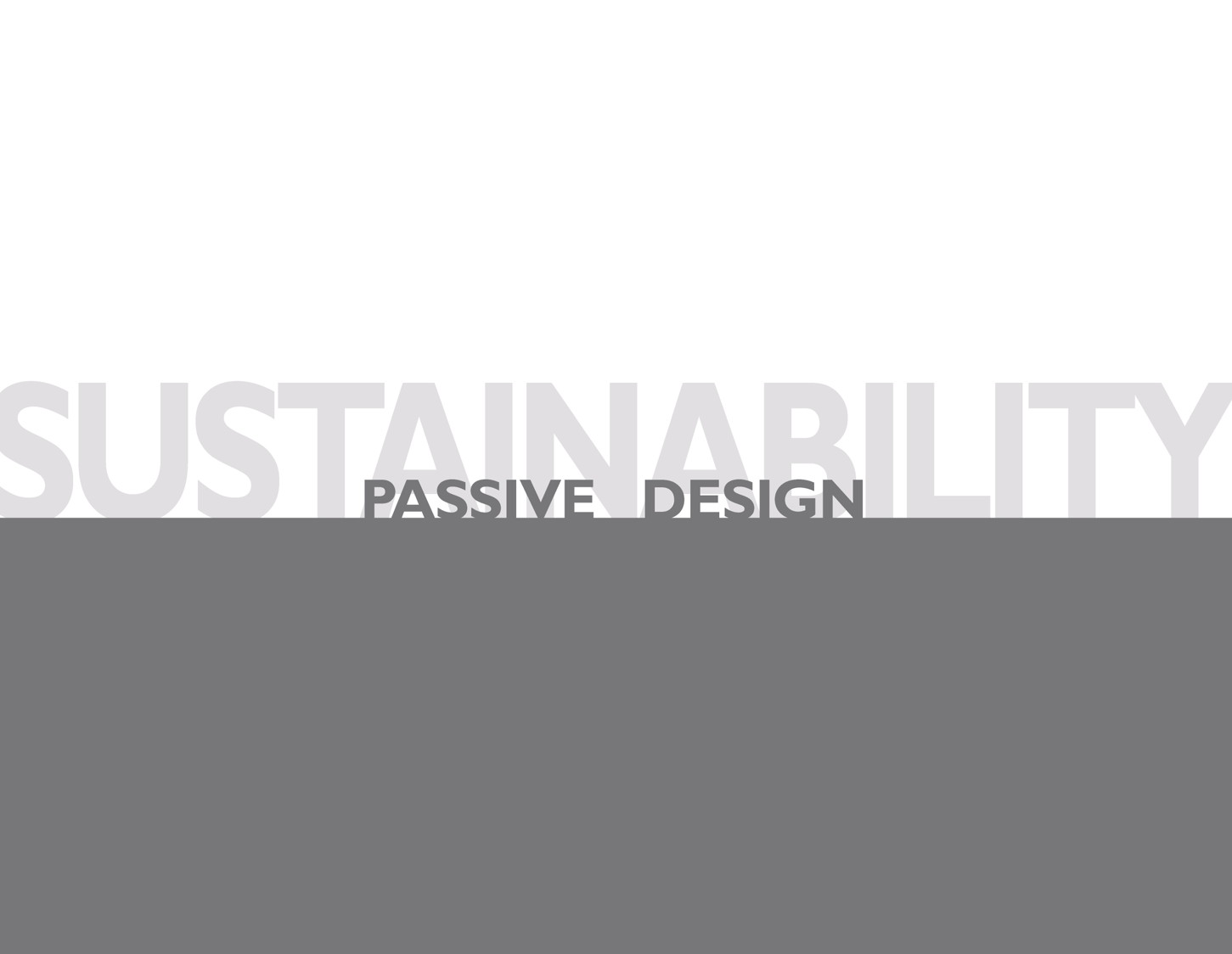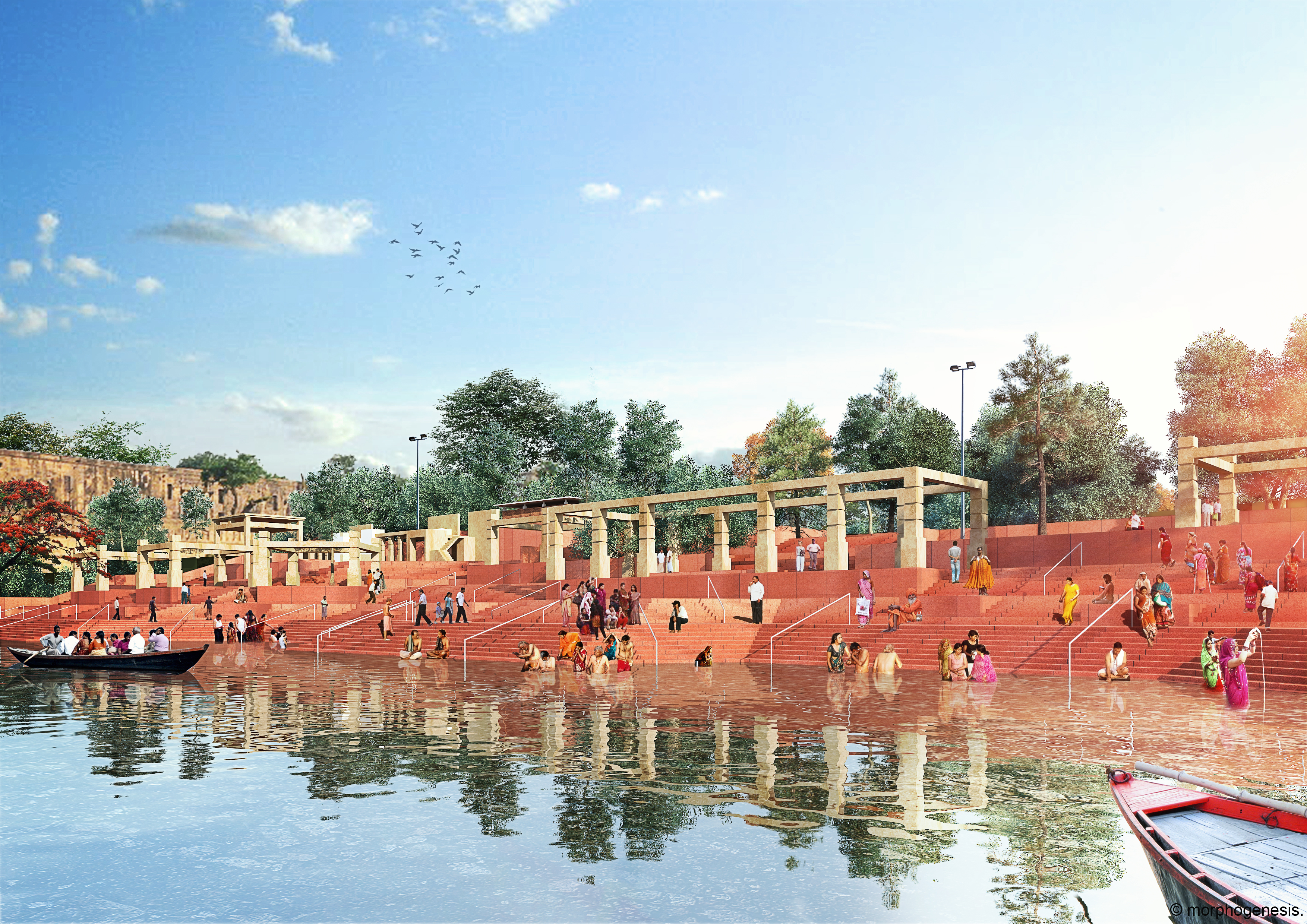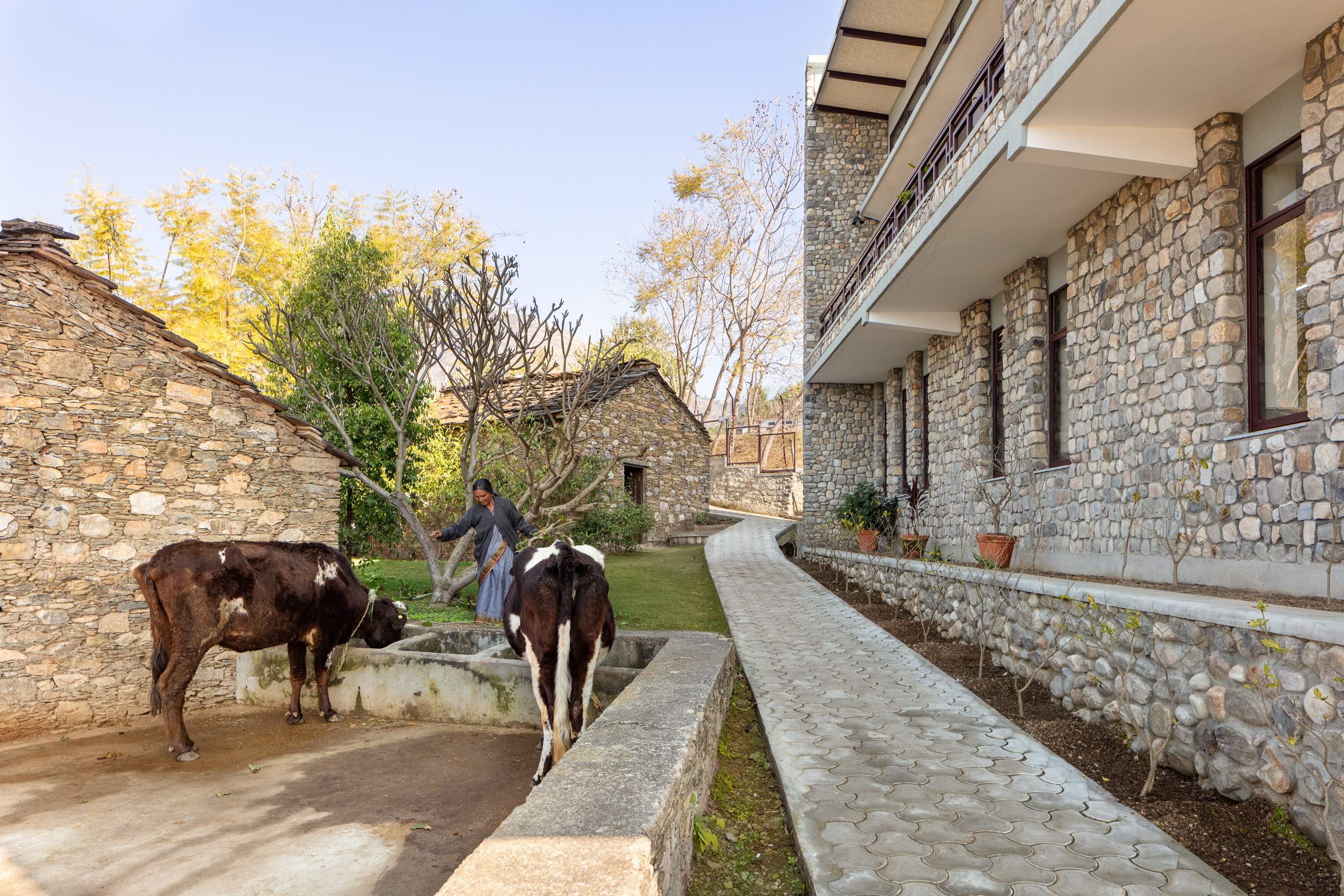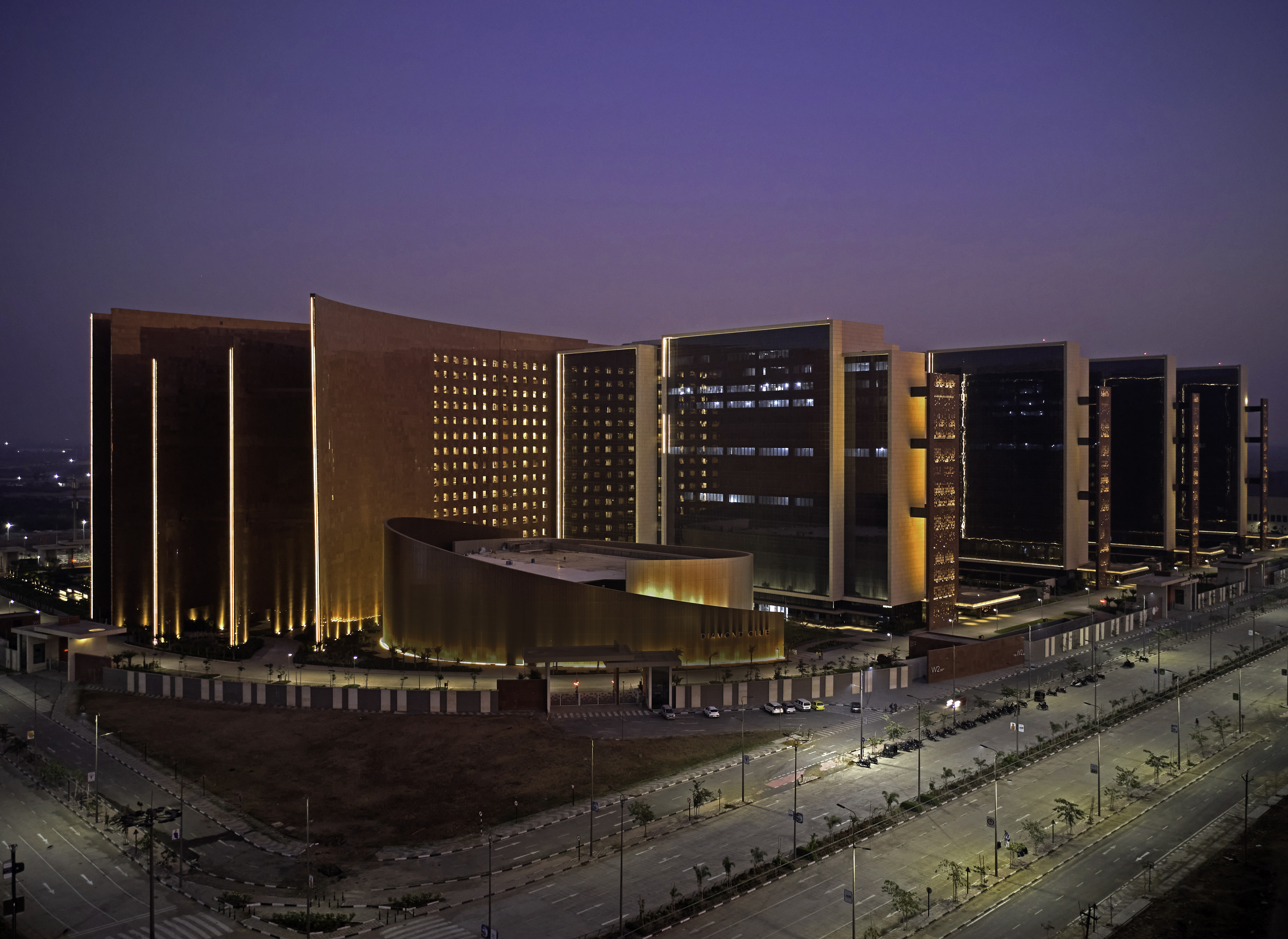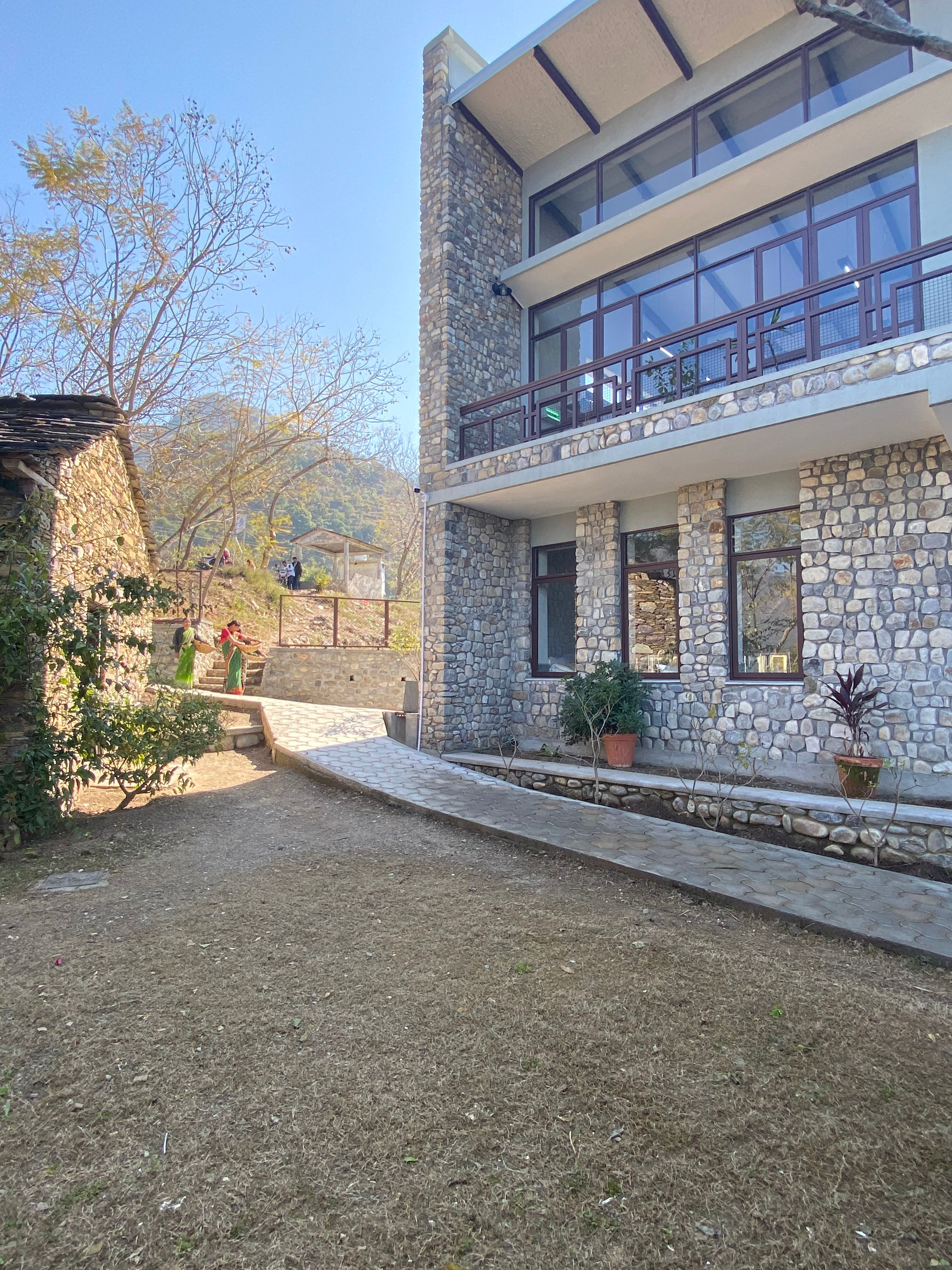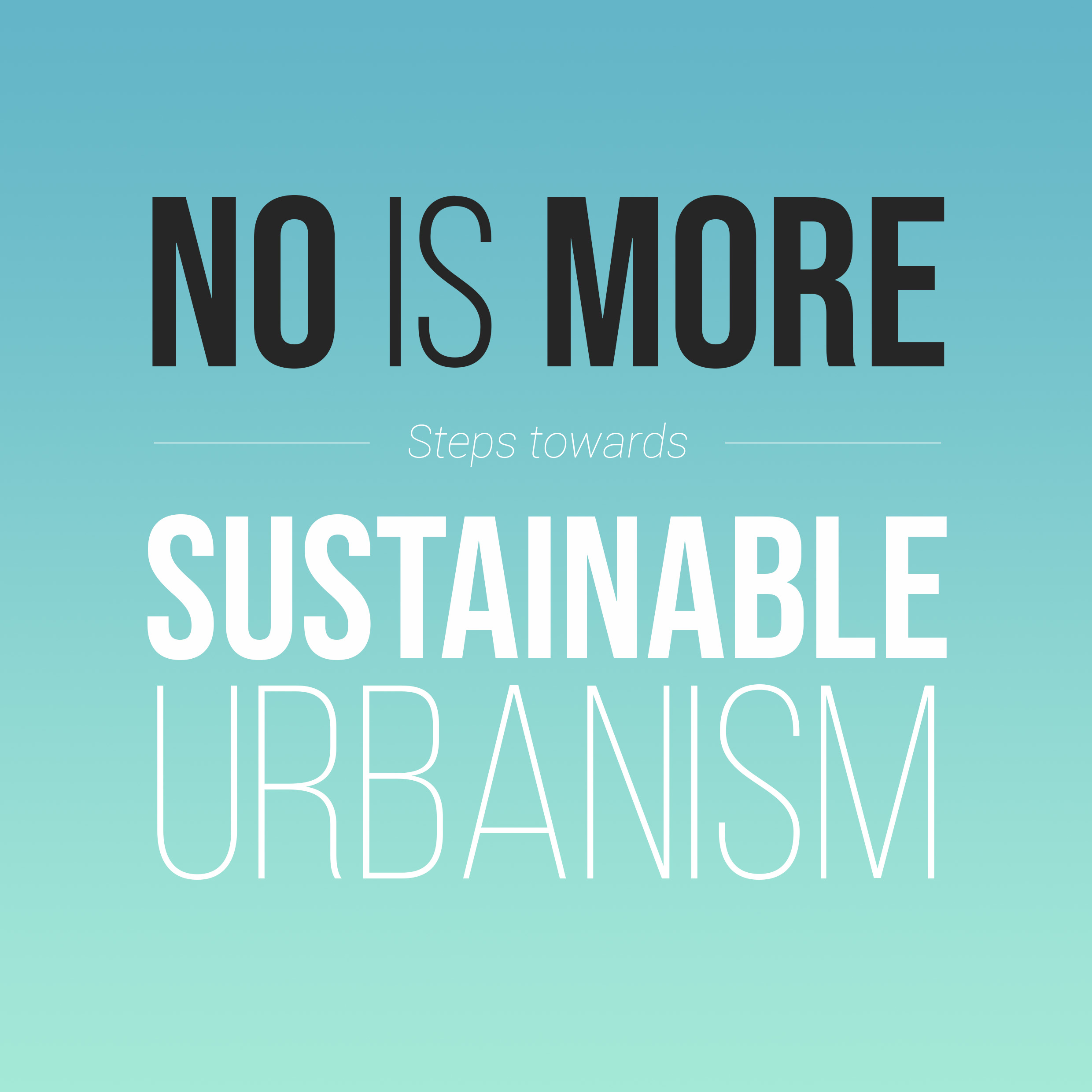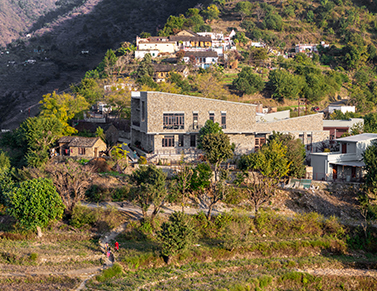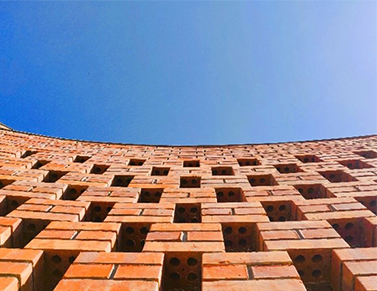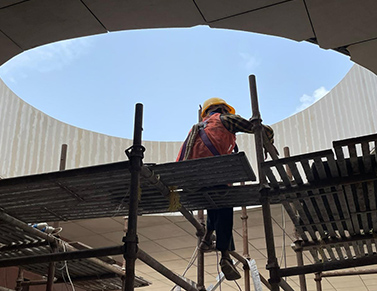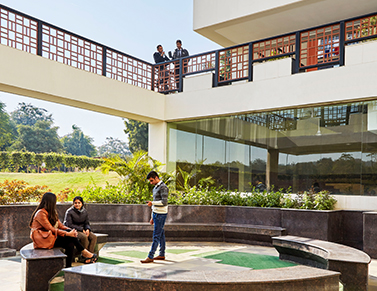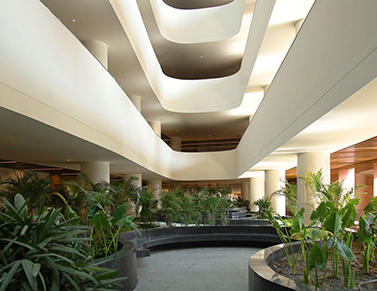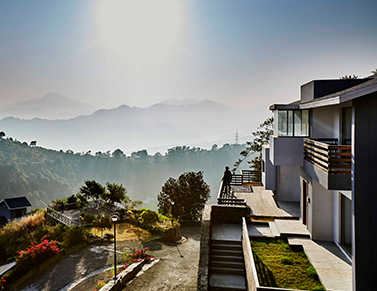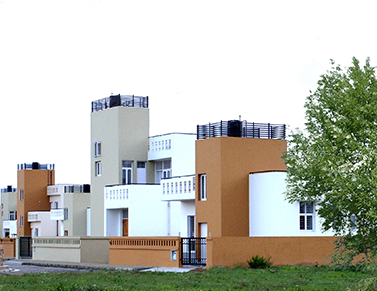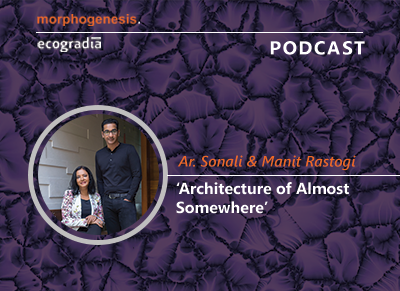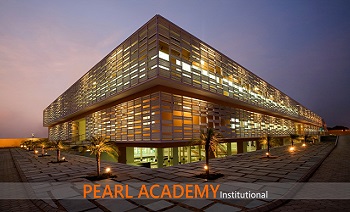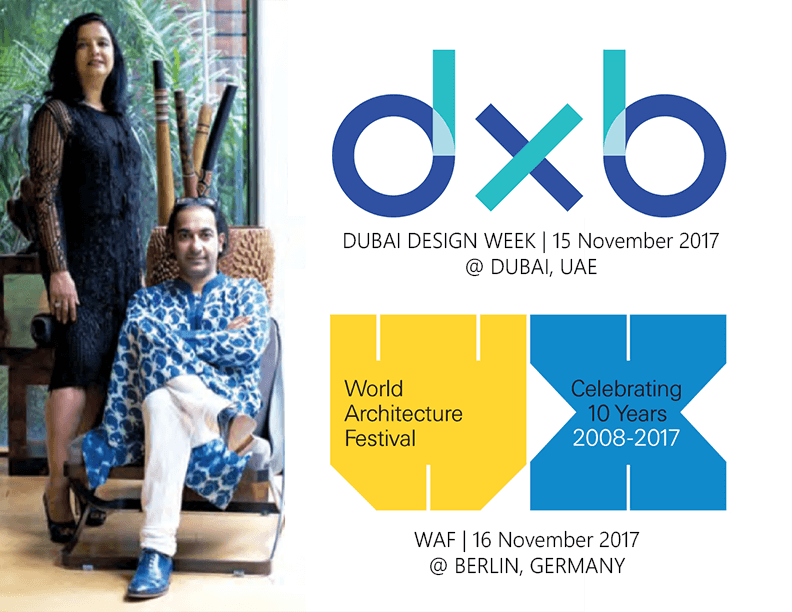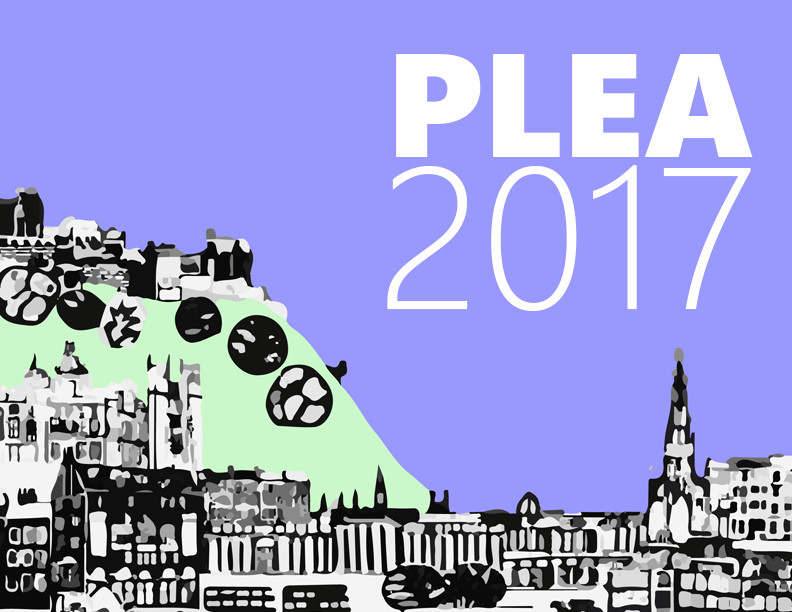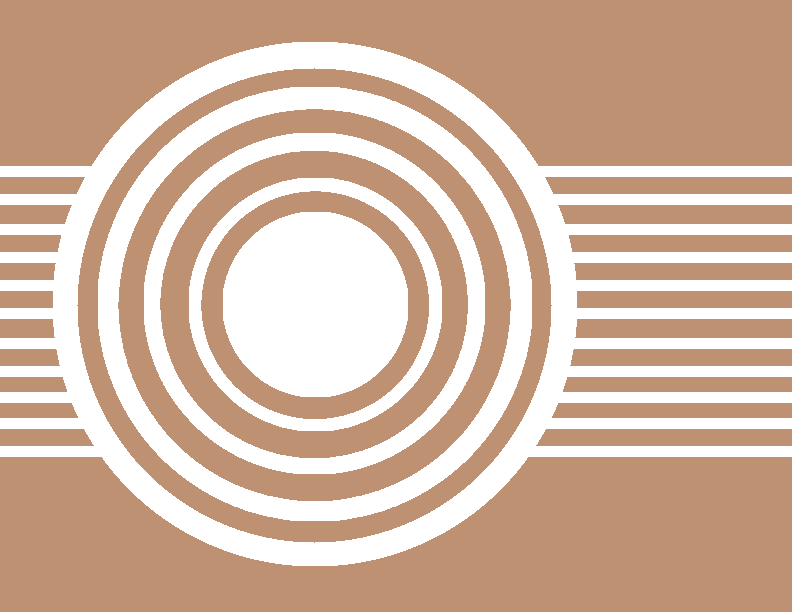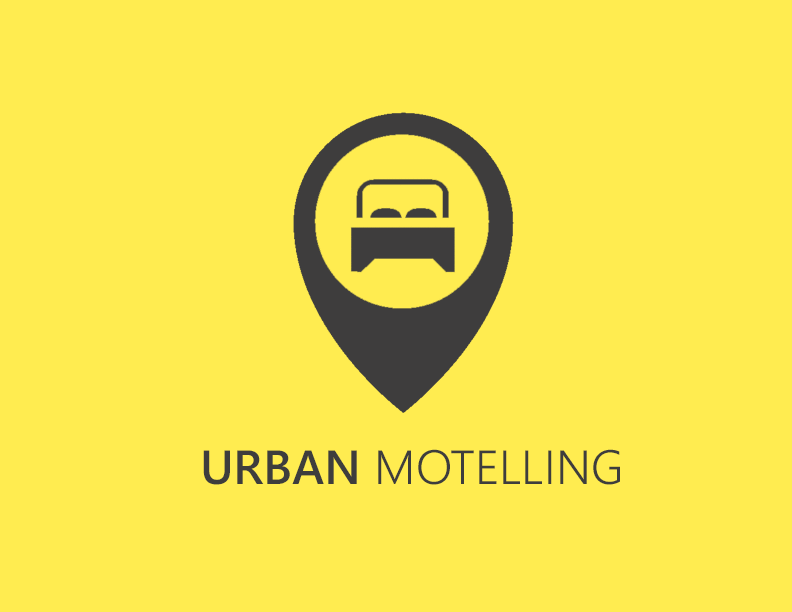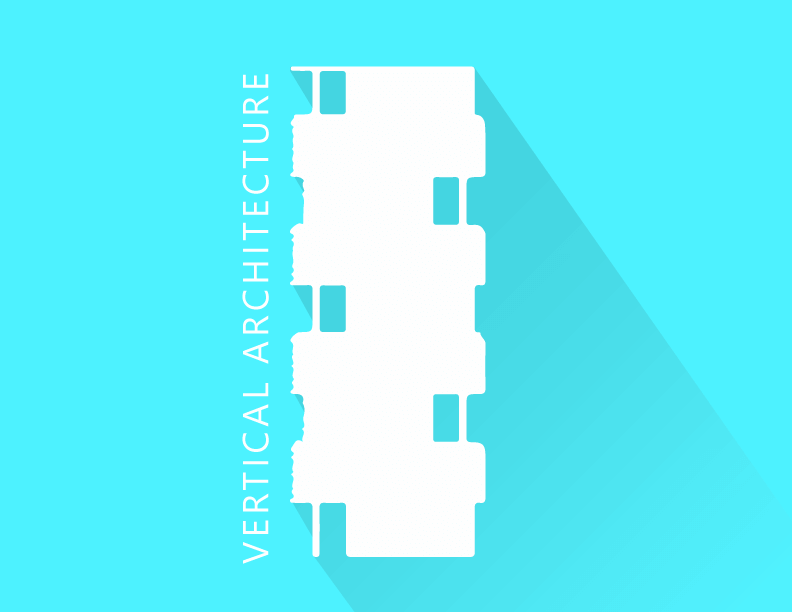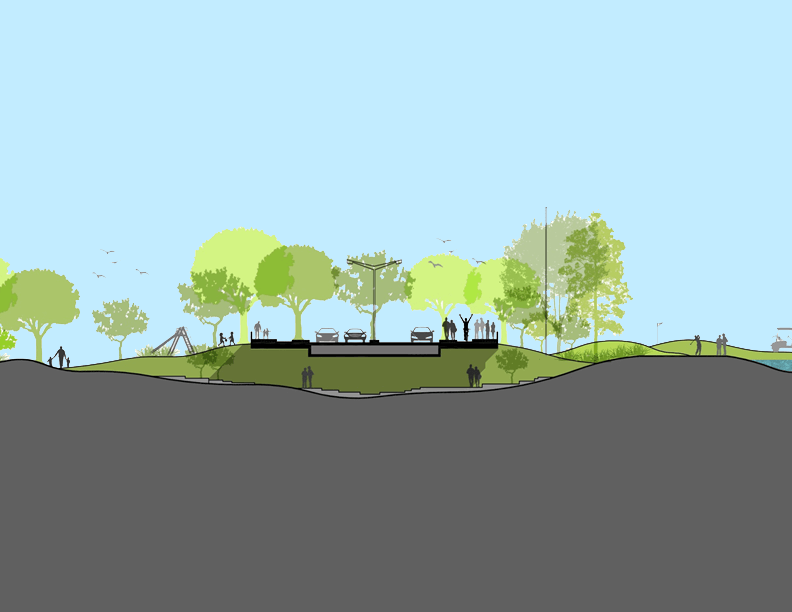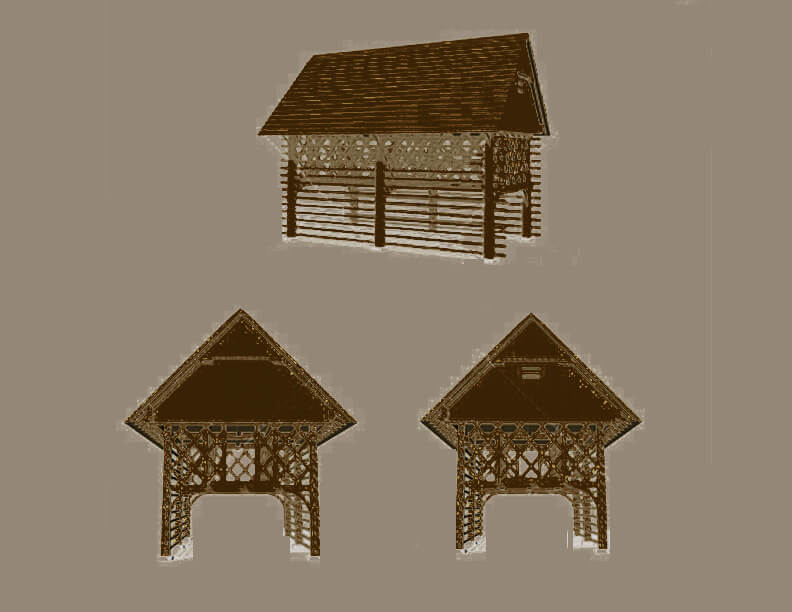We bring you the second of a 14 part series of extract from the Morphogenesis Architecture Monograph, to give you a peek into the mindspace of one of India’s best recognized, sustainable design practices.
“Sustainability: defined as the ability to endure in local conditions and thrive in its lifecycle, the projects that are planned at the architecture firm are maintainable in their individual ecosystems. Understanding that ‘energy resources’ at most times are considered limited or depleting, the firm’s guiding principle is ‘no is more’. Constant emphasis is put on developing the practice on an approach of ‘no energy and no water’ and ideally, no waste.
The practice believes that sustainable architecture and urban planning play key roles in increasing the interaction between the users and their surroundings. Though project briefs are getting increasingly ‘global’, the response needs to be deeply rooted in the ‘local’.
With inspiration from history deeply ingrained in the firm’s design thinking, traditional architectural strategies and techniques are understood and incorporated within contemporary and energy efficient façade schemes that enhance performance of air conditioning and heat recovery techniques.
The design practice extends this definition of sustainability into the socio-cultural realm. Special attention is paid to detailing and vernacular methods of construction. Incorporation of local techniques of craft and construction and an inclusive approach to local materials are aimed at promoting a low carbon footprint.
While the design seed is rooted in its strong socio-cultural consciousness, the practice thrives on the approach of always optimising a project by examining it based on its first principles. For a project to be close to ‘net zero’ or ‘off the grid’, its local conditions need to be examined carefully.
The team at Morphogenesis successfully implements its design ethos effectively across a project while it simultaneously focuses on increasing the project’s environmental sustainability, challenging the myth that green buildings are more expensive to build. The built form responds to the environment and a harmony of interdependence is maintained amid the two. It is precisely this very relationship that will not only create an architecture that is truly sustainable, but which will also build communities that are once again interconnected with nature.”

